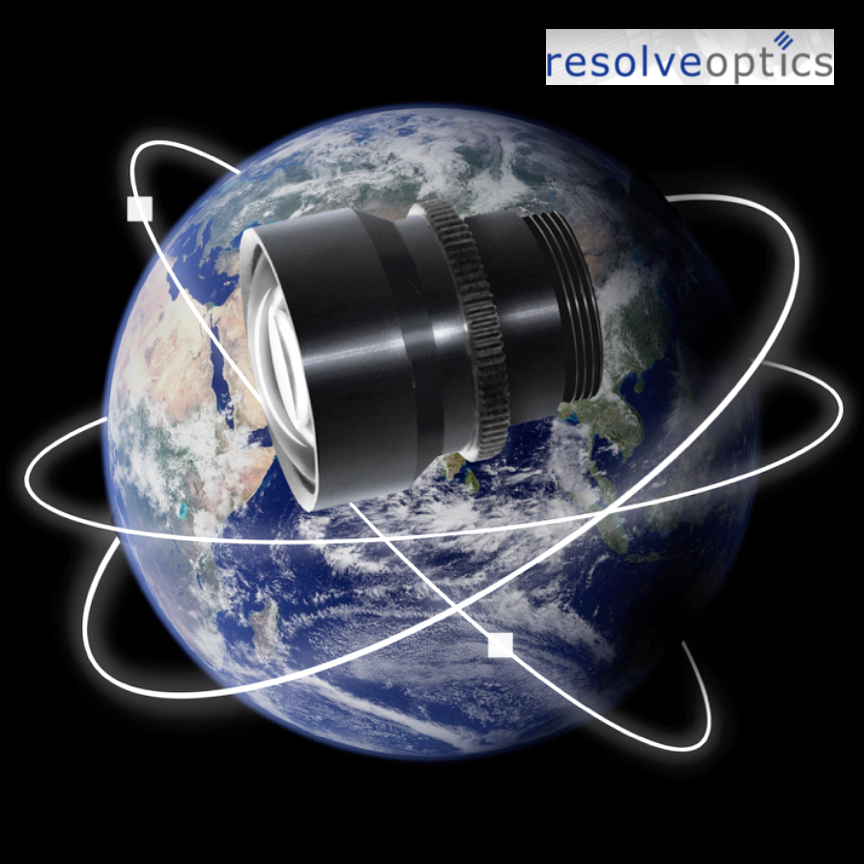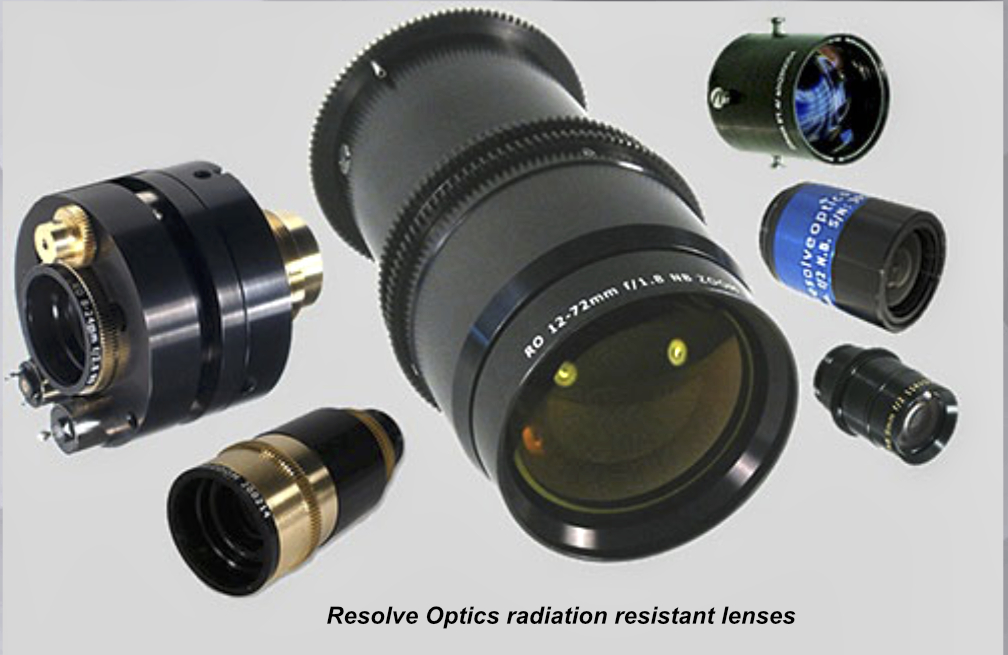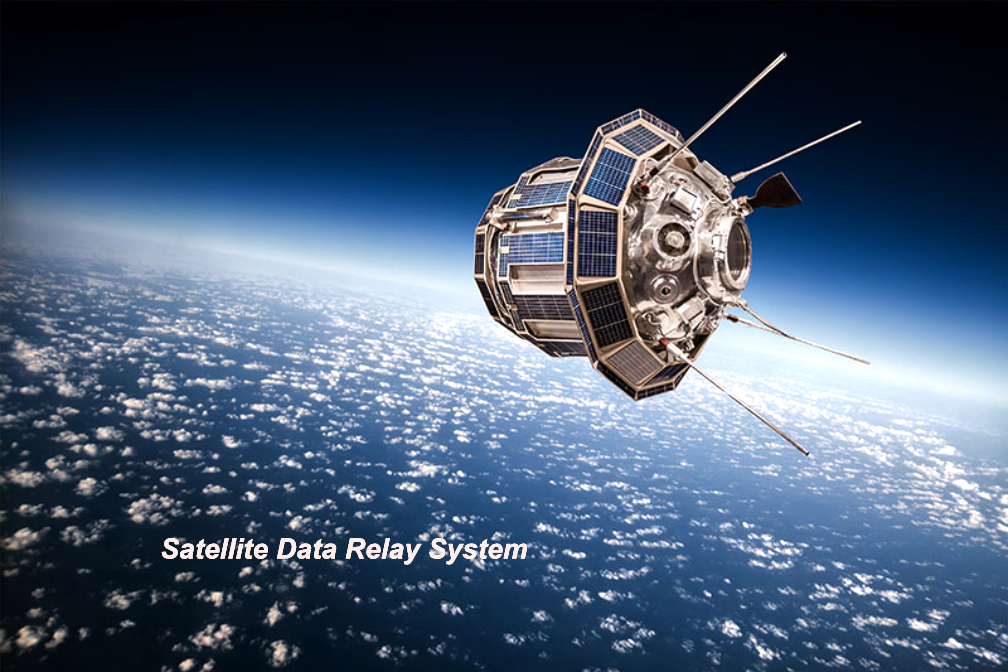
Resolve Optics is a leading OEM designer and supplier of high performance optical systems for satellite data relay systems and, recently, the Managing Director of the company, Mark Pontin, offered his comments regarding optical lens needs for space operatons.

“Due to the growing international demand for data, telecom and satellite communication operators are faced with the need to deliver massive data quantities without significant delays,” he said. “Consequently, the demand for new and improved satellite data relay systems that incorporate the company’s high performance, space-ready optics, is rapidly increasing.”
He added, “The Earth orbit that satellite data relay systems operate in determines how much radiation the optics they incorporate will be required to withstand during their operations. All optical elements within our radiation tolerant optical designs are made using cerium oxide doped glass or synthetic silica. This enables them to withstand radiation doses of up to 100,000,000 rads and temperatures up to 55°C without discoloration or degradation of performance. Resolve Optics’ radiation resistant optics provide high image resolution and minimum geometric distortion from 400 to 750 nm”.
A question often raised is, “Do I need radiation tolerant lenses for my space application?”
The response from Resolve Optics is that the impact of cosmic radiation on a lens or optical system is a major consideration when designing for use in space. Unfortunately, standard optical glass types turn brown or grey when exposed to radiation. As a result, the light transmission through your lens is significantly decreased, greatly effecting its performance. If the mission is short enough, then you may be able to get away with using standard glass types. However, for longer missions, specialist radiation tolerant, cerium doped glass must be used.

Optical systems used in satellite data relay systems also have to meet additional basic requirements to survive the harsh environment of space. These optics must be constructed of specific materials that will not outgas when exposed to the vacuum of space and all significant air spaces should be vented to avoid pressure on and distortion of the optical elements.
Drawing upon nearly 30 years experience – Resolve Optics has built a strong reputation for specialist lens design and manufacture of smaller production quantities of high performance precision lenses and optical products on time to strict quality and target price guidelines. The company’s technological expertise in designing and supplying high performance, radiation-resistant optical systems for spaceborne projects is widely acknowledged.
